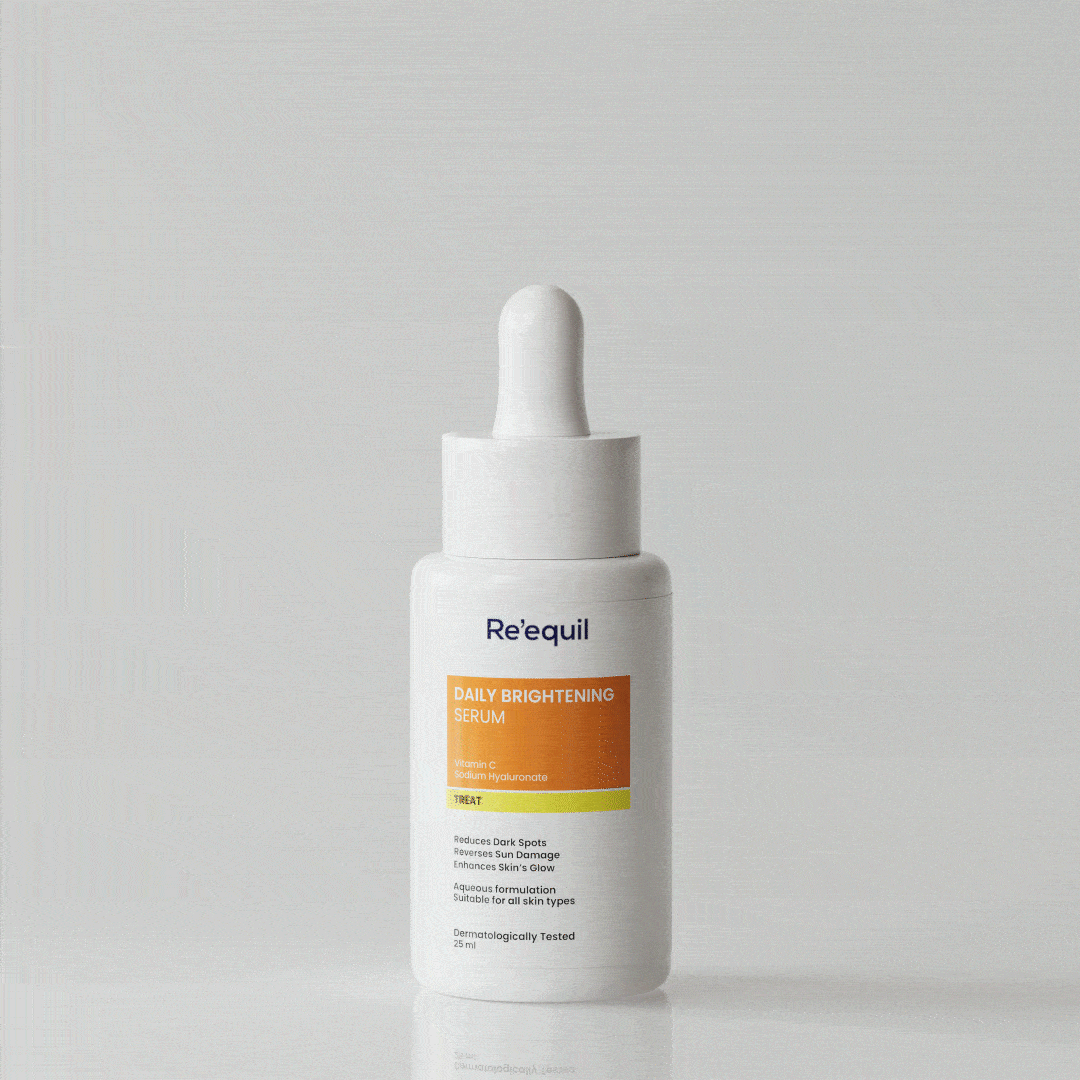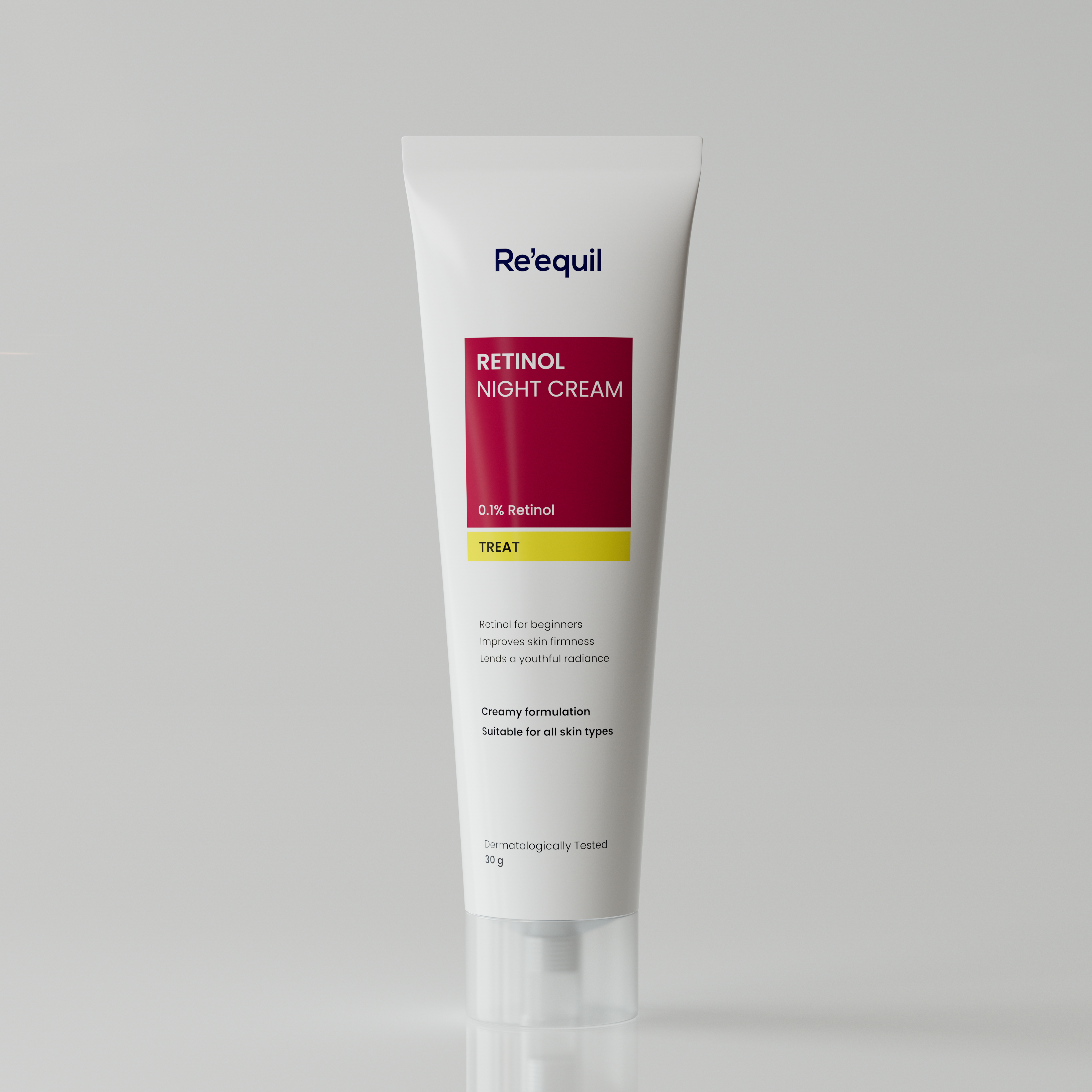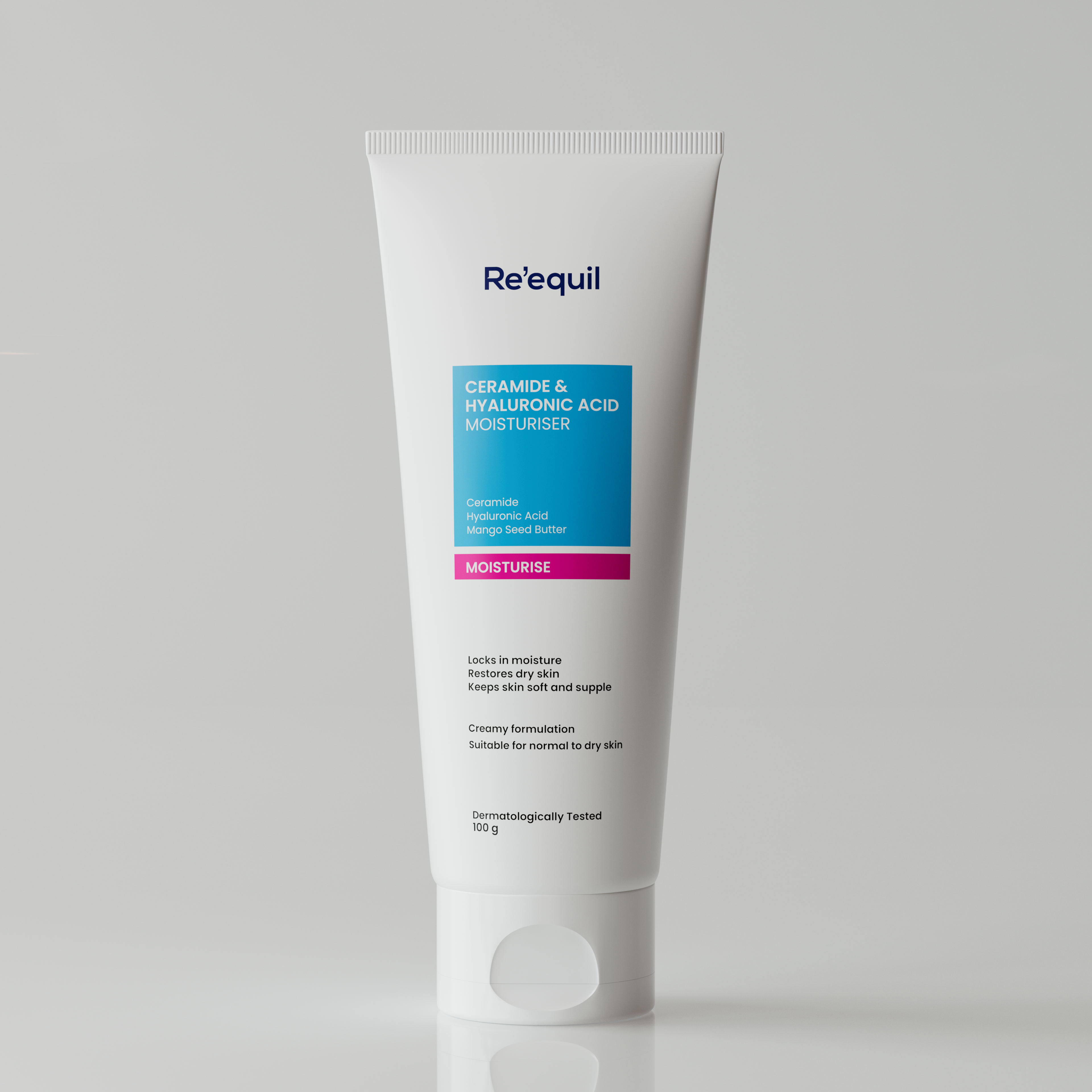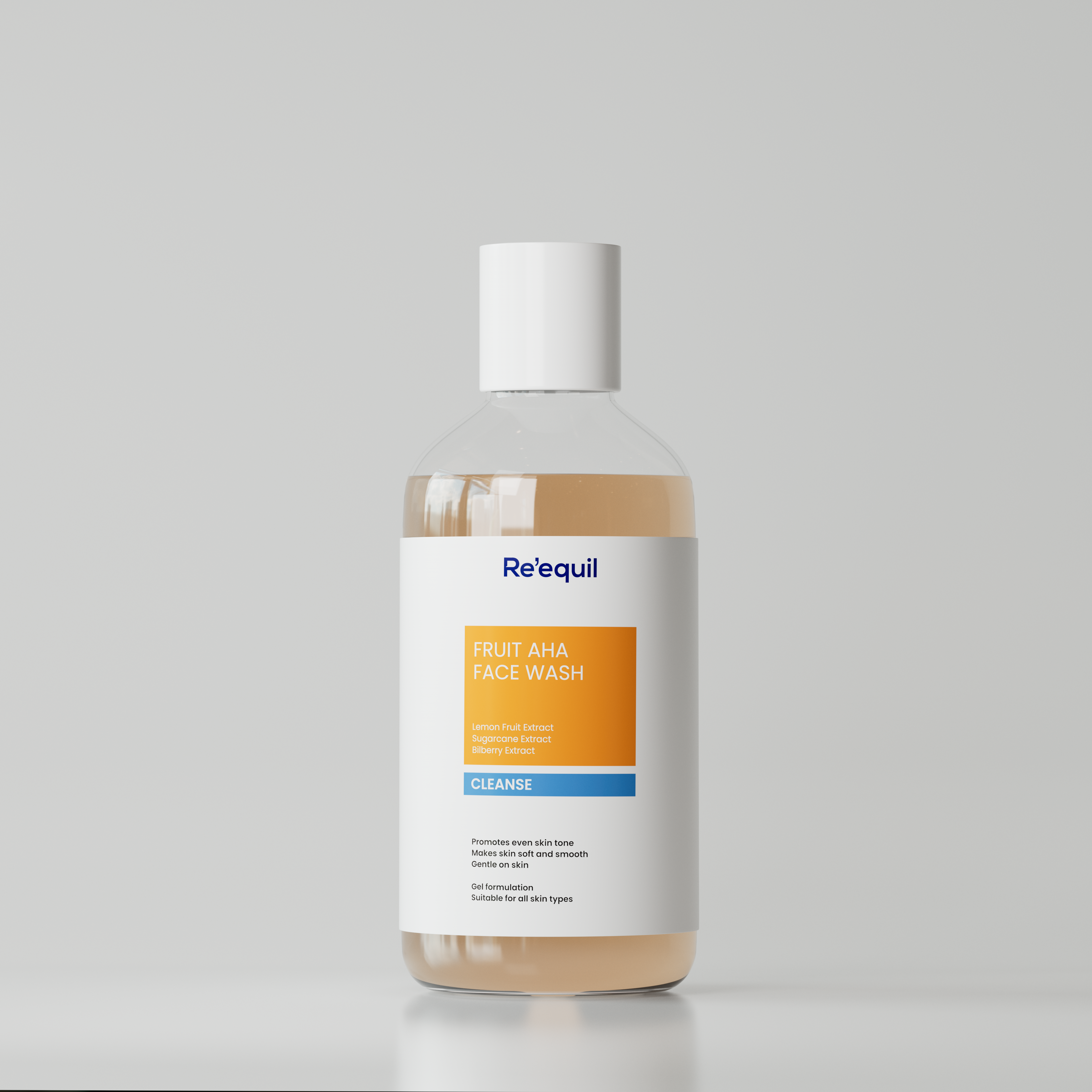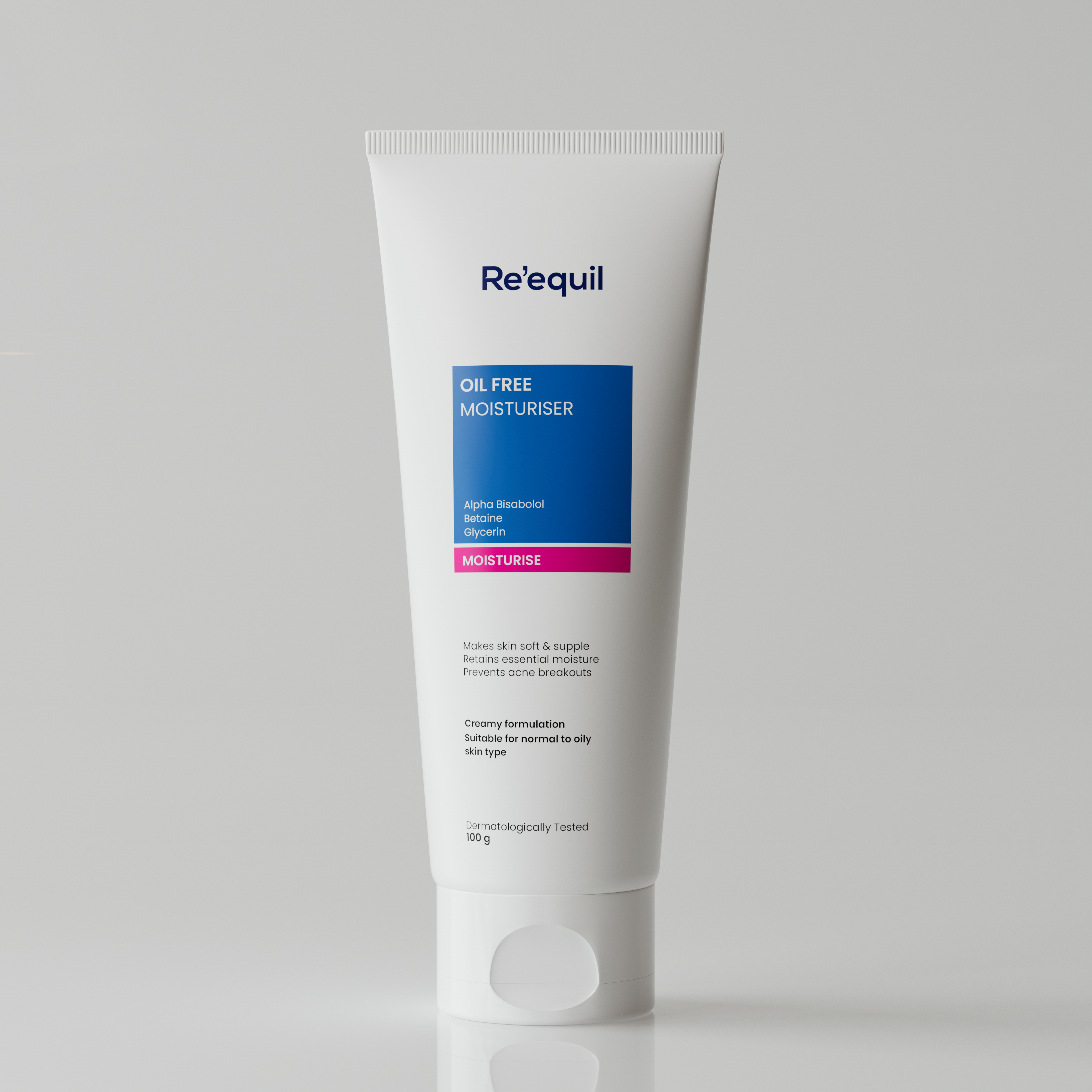Still breaking out despite “treating your acne”?
You’re not alone—and no, it doesn’t always mean you’re doing something wrong.
The more likely explanation: your products don’t contain what your skin actually needs.
Products with labels like “for acne-prone skin” doesn’t mean it's the product for your acne.
What really matters is what’s inside it—the active ingredients, their concentrations, and how they interact with each other on your skin.
The wrong combo can stall your progress. The right one can shift everything.
Below is a list of 8 science-backed ingredients that actually pull their weight when it comes to acne.
1. Glycolic Acid
Glycolic Acid is the smallest molecule in the alpha-hydroxy acid (AHA) family—which is exactly why it sinks into your skin faster than the rest.
And when it does, it doesn’t just exfoliate on the surface—it works within the deeper layers, making it one of the most effective chemical exfoliants we have access to.
What makes it even more interesting is how it handles dead skin cells.
Dead skin cells in the outermost layer are bonded to one another tightly. Glycolic Acid loosens the bonds holding them in place, so the skin can shed them more easily.
This speeds up cell turnover, making room for newer, healthier skin cells—making Glycolic Acid an effective skincare for acne-prone skin.
But GA doesn’t stop at exfoliation.
A 2020 study confirmed that Glycolic Acid also boosts collagen production—even at lower concentrations.
That means it's not just about smoothing texture and preventing acne—it’s actively reversing signs of photoaging, restoring skin resilience at the cellular level.
Niacinamide
Niacinamide reduces the severity of acne—it actively rewires how your skin responds to inflammation.
A 4% concentration has been shown to reduce mild to moderate acne, including pustules, without the harsh side effects you’d expect from traditional treatments.
In one study of participants aged 18 to 25, most saw visible improvements. Only a few reported mild itching or burning—nothing significant.
Topical Niacinamide can boost AMPs in humans, providing the skin with long-lasting protection against bacteria.
It boosts antimicrobial peptides (AMPs)—your skin’s built-in defense molecules. These aren’t just passive protectors; they actively kill off bacteria that fuel breakouts by triggering inflammation or infection.
Moreover, A study in the Journal of Cosmetic and Laser Therapy found that using 2% topical Niacinamide consistently for four weeks led to a noticeable drop in sebum production.
Regulated sebum means fewer clogged pores—which means fewer comedones (blackheads, whiteheads, the usual suspects).
Retinol
Yes—retinol is clinically approved for acne.A2021 review says that Retinol is highly effective in treating acne and also improves hyperpigmentation.
Another large-scale analysis of thousands of patients confirms that retinol works on both inflammatory acne (like pustules) and non-inflammatory lesions (like blackheads and whiteheads).
What makes retinol so effective is its ability to keep your pores unclogged.
That’s the bottleneck for most acne: a pore gets blocked with oil, dead cells, or both, and it creates the perfect storm for inflammation and breakouts.
Retinol speeds up cell turnover, clears out buildup, and prevents pores from getting clogged in the first place.
Salicylic Acid
Salicylic Acid is a beta-hydroxy acid (BHA) that targets the skin’s outermost layer—the stratum corneum—breaking down dead cells and clearing them out.
It’s oil-soluble, which means it doesn’t just sit on the surface; it goes deeper, into the pore lining, where most breakouts begin.
It’s also one of the few chemical exfoliants classified as a safe, controlled peeling agent.
A 2015 study confirms its use in treating a wide range of skin concerns—acne, pigmentation, photodamage, even inflammatory flare-ups.
Unlike aggressive peels, salicylic acid works with the skin’s own healing response by inducing a controlled exfoliation, just enough to push the skin into renewal mode without causing adverse effects.
Moreover, A 2012 clinical study tested Salicylic Acid in a daily-use cleanser on individuals aged 12 to 30 with mild to moderate acne.
After 8 weeks, every participant showed a clear reduction in acne lesions—without needing prescription-strength formulas.
Zinc PCA
Zinc PCA actively interferes with the root causes of acne.
Backed by research, it combines five crucial properties in one molecule: it regulates oil, calms inflammation, fights bacteria, accelerates wound healing, and offers antioxidant defense.
That makes it one of the most multi-functional acne ingredients we have access to.
This helps prevent pores from getting clogged with excess oil, reducing the formation of blackheads and whiteheads (comedones).
But acne isn’t just an sebum problem—it’s an inflammatory condition.
Zinc PCA helps on that front too. It reduces redness and swelling, making your skin feel less irritated and more stable.
Peptides
Peptides break through bacterial membranes—that’s how they fight acne-causing bacteria fast, with both antimicrobial and anti-inflammatory effects working in tandem.
But clearing acne is only half the story.
What follows—post-inflammatory hyperpigmentation (PIH) and pitted scarring—is where most people get blindsided.
These marks don’t appear randomly. They’re the result of disrupted collagen during the healing phase—too little, and you get atrophic (sunken) scars; too much, and you get raised ones.
Copper tripeptides boost collagen in a regulated way, reduce inflammation, and support the skin’s repair systems—all without overwhelming it.
That makes them especially helpful for smoothing out uneven texture and calming down inflamed skin post-breakout.
Research also shows that combining copper peptides with niacinamide and hyaluronic acid (sodium hyaluronate) significantly improves post-acne marks, particularly pigmentation.
Hyaluronic Acid
Hyaluronic Acid has built its reputation on hydration—but that’s not the whole story.
It's not just for dry or ageing skin. Oily, acne-prone skin needs it just as much—maybe more.
Here’s why: oily skin is often dehydrated skin.
When your skin lacks water, it compensates by overproducing oil. That excess sebum is what clogs pores, causes inflammation, and gives you that constant greasy shine.
A 2017 study on individuals with oily skin found that Hyaluronic Acid helps regulate sebum production.
It hydrates the skin deeply without triggering oiliness, making it an effective way to bring the skin back into balance.
And it’s not going to clog your pores either—Hyaluronic Acid has a comedogenicity rating of 0.
So, if your skin is oily, stripped, and reactive, hydration might be the missing piece. And Hyaluronic Acid? It’s one of the few ingredients that can deliver hydration, not oil, exactly where it’s needed—without getting in your skin’s way.




